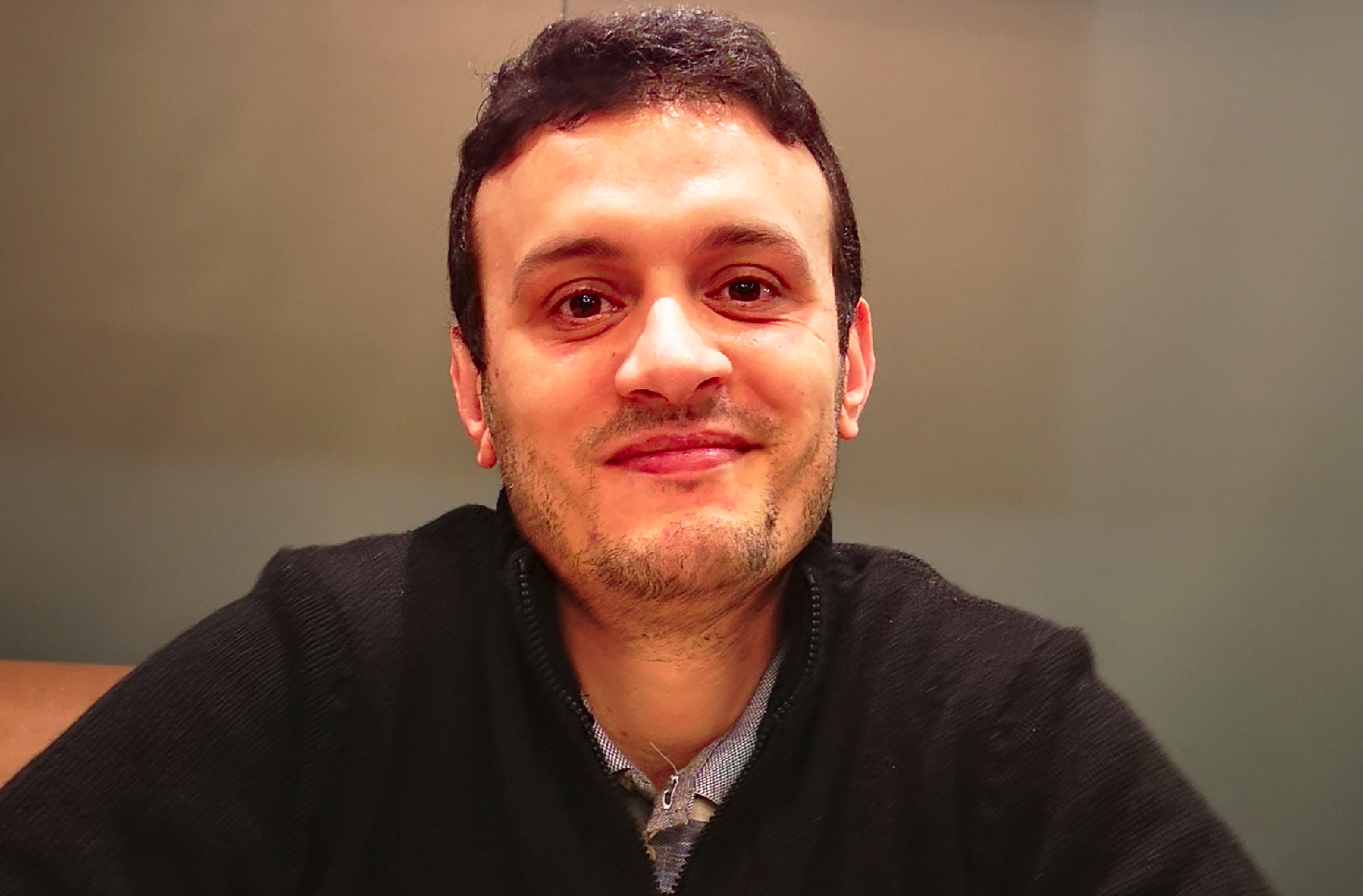Teaching
Canvas is UM6P’s modern, easy-to-use Learning Management System (LMS) that brings instructors, students, and course content together in one place. It’s cloud-based, so you can access all the courses listed below in real-time from anywhere, on any Internet-connected device.
Cycle Préparatoire du College of Computing, Université Mohammed VI Polytechnique, 2025
Ce cours introduit les principes fondamentaux de la thermodynamique physique, en mettant l’accent sur l’analyse des bilans thermiques appliqués aux gaz parfaits. Il constitue une base essentielle pour comprendre les systèmes énergétiques, tels que les moteurs thermiques (moteur à explosion, Diesel…) et les réfrigérateurs.
École d'ingénieurs du College of Computing, Université Mohammed VI Polytechnique, 2025
The Graphics Processing Unit (GPU) has become a mainstream component in Scientific Computing. For a relatively low cost, it provides supercomputer-level performance. However, additional work is required to adapt a standard sequential program for execution on a GPU. One of the most important tools for GPU computing is CUDA (Compute Unified Device Architecture). CUDA is essentially an extension of the C programming language that enables easy GPU programming. In this course, you will learn the fundamental principles of GPU programming and practice through numerous examples. By the end of the course, you should be able to write simple CUDA programs and run them on a GPU.
École d'ingénieurs du College of Computing, Université Mohammed VI Polytechnique, 2025
This course introduces the study and analysis of numerical methods essential for engineering sciences. It combines lectures and tutorials using Python, with practical applications to highlight the importance of numerical simulation, from theory to practice.
Licence Sciences des Données, Université Mohammed VI Polytechnique, 2021
Ce cours constitue une introduction à la statistique, destinée aux étudiants de première année de Licence en Sciences des Données. Son objectif principal est de fournir les éléments de base permettant de comprendre, d’interpréter et de critiquer les informations à caractère statistique. L’accent est mis sur l’utilisation pratique plutôt que sur la rigueur mathématique. L’emploi de formules est réduit au minimum et celles-ci sont simplifiées autant que possible sans altérer la qualité des résultats.
Licence Sciences des Données, Université Mohammed VI Polytechnique, 2021
OpenFOAM is a widely used open-source software package for Computational Fluid Dynamics (CFD). It has a large user base across various engineering and scientific fields, spanning both commercial and academic organizations. OpenFOAM offers an extensive range of features to solve complex fluid flow problems, including those involving chemical reactions, turbulence, and heat transfer, as well as applications in acoustics, solid mechanics, and electromagnetics. It is a free-to-use numerical simulation software, including support for HPC systems. In this course, you will learn how to simulate various flow configurations using the Computational Fluid Dynamics software OpenFOAM. This includes the simulation of laminar and turbulent flows, both steady-state and transient. Additionally, you will explore multiphase flow simulations. The course will cover how to select appropriate initial and boundary conditions for calculations. Furthermore, you will learn how to define a spatial domain and generate a mesh using either structured or unstructured grids. You will also learn how to edit runtime controls, run simulations, check solution convergence, and visualize results graphically with ParaView.
Postgraduate Degree, ISAE/Supaero and ISAE/ENSMA, 2019
The list of courses I have taught when I was PhD student or Postdoctoral fellow.
